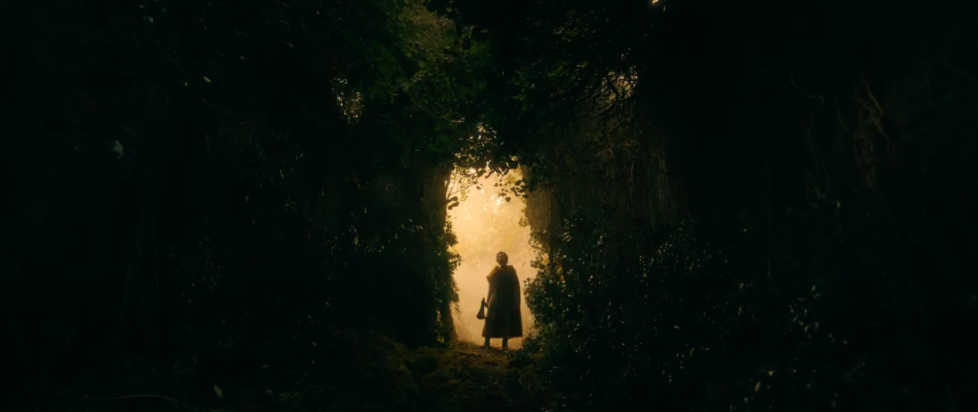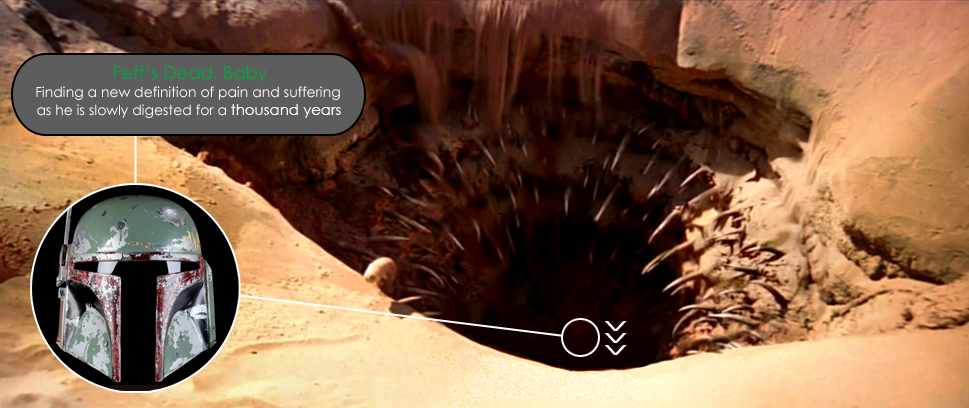
Our World and the Others

This column is a reprint from Unwinnable Monthly #163. If you like what you see, grab the magazine for less than ten dollars, or subscribe and get all future magazines for half price.
———
Interfacing in the millennium.
———
In The Northman, Robert Eggers’ latest massive historical project, the protagonist Amleth fights a skeletal warrior for a magical sword that can only be drawn at night. Before this, he sails down a river in Russia in a Viking longship built, to the smallest detail, according to the ones in the archaeological record; afterwards, he cloaks himself in slave garments made out of historical fabrics, painstakingly recreated by Eggers’ team of nerdy production designers and research fiends. The fantastic slips in and out of the tale, sometimes subtle and sometimes aggressive, but always present.
At first glance, it seems out of place that the supernatural plays such a heavy role in Eggers’ films – he is, after all, obsessed with historical accuracy. He explains this discrepancy by clarifying that he’s “trying [his] best to both represent the physical and material world as it could have been, and to articulate the Viking mindset without judgment.” Children of Ash and Elm, Neil Price’s recent history of the Vikings and a book both Eggers and Alexander Skarsgård, Amleth’s actor, referenced heavily, is careful to clarify that the Vikings “very much shared their world with a multitude of ‘Others,’” that they “did not believe in these things any more than someone today ‘believes in’ the sea.” In the modern world, we look back on these “others” and call them myths or religion; in the Viking world they were simply another part of the structure of their lives. By representing these “Others” in frank terms, Eggers is in fact elaborating on his ethos of historical accuracy – but by doing his best to accurately represent perception as well as material reality.
The year before The Northman came out, David Lowery’s The Green Knight debuted to polarizing reviews. Where The Northman is a historical tale with supernatural elements, The Green Knight’s ethos is squarely in the realm of fantasy. Malgosia Turzanska, the costume designer, turned away from traditional historical costuming in order to focus entirely on conveying feeling: Arthur and Guinevere’s wispy royal garments, regal but sickly; Gawain’s luxurious golden cape, dragged through all manner of blood and mud; the Lord’s bear-ear cloak and the Lady’s revealing, thoroughly modern blue dress. The circular, soaring room of the Round Table is far too airy for a medieval castle, and when Gawain rests at the Lord’s manor before his last push onward to the Green Chapel, the Lady makes a portrait of him with what is, vaguely but recognizably, a pinhole camera.

The Green Knight is only the latest incarnation of a tale that has been told and retold for hundreds of years. It “self-consciously participates” in its own evolution, its malleable nature recorded anonymously into history, the title creature’s name itself is the subject of infinite debate. What is green? A color, sure. A set of related ideas, connected to the space green occupies in human culture, its association with growing things or rotting things, with nature or the unnatural. What would green mean to a medieval peasant? How about a monk, educated in the church, painfully transcribing a poem that alludes to pagan tradition as heavily as the Christianity the characters nominally practice? What does it mean to us now, in our media culture – translations that describe the knight as “green-skinned” call to mind little green men and movie makeup more than anything uncanny or intimidating. Lowery, whose personal interests run heavily ecological, makes him towering and tree-like, evoking the steady encroachment of the natural world across the doomed halls of hubristic man.
In my most recent watch, the person I was watching it with took umbrage at this fact: would Gawain not instantly have recognized the Green Knight, looking like that, as a supernatural creature? Why on earth would he think beheading him would work? Because the line between fantasy and reality is different in these stories, to these characters, who were first born from a period of time that shared their world with those Others. Gawain’s mother, in this version of the tale, is Morgan le Fay, the most powerful sorceress in Western history. When he’s asked if he believes in witchcraft, his yes is confident, unambiguous. Who are we to say, from our ivory towers of the post-Enlightenment, that there is anything certain about the Green Knight’s nature? Every day we dredge up creatures from the bottom of the ocean that look just as frightening, alien or uncanny as a man who is also a tree. Our scientific mindset, our modern rationalism is a handicap when attempting to represent the premodern, where the boundaries that we consider so key for understanding our world have no presence. Whether it’s The Northman’s casual acceptance of the supernatural or The Green Knight’s fairytale chronology, the refusal to draw a strict line between truth and fantasy presents a frustrating – but fascinating – problem for the contemporary viewer.

This comes into play, as well, when considering that other grand legend of human history: Christianity. What we consider modern religion is often omitted from fantasy entirely. We give it the name of faith, in our societies, in part to distance it from what it really is: the persistent presence of those Others in contemporary life. There are structural differences in the operation of religion as opposed to myth or folklore, of course, but the patient leveling of the status of Christianity and what we consider ancient myth in media like The Northman or The Green Knight makes it clear that there is not really much difference between modern and ancient understandings of the world at all. In Viking Iceland we had the fear and conflict between the Christian slaves and the Norse slavers; in British legend tension came from the incursion of their own pagan history into Christian halls where magic was still practiced. Now we have our new truths of scientific rationalism and atheism, where another type of knowing of the unknown takes place – through the infinite strange workings of hypothesis and experiment, an empirical deciphering of the wonders of the world that, to someone from another time, might just look like magic.
The unavoidable truth of these projects is that there is no way for us to escape our context. Eggers and Lowery are making their art for modern audiences with a certain understanding of the world, of society, of the way stories work and the assumptions people make about what they’re seeing. Instead of translating these ancient stories through a modern lens, they chose to bring the camera in close and present them as they were, or how they understood the world to be, without judgment or evaluation. There is no inherent good in filtering the premodern through the contemporary; Eggers and Lowery lose no moral ground by depicting their characters as they are. It is instead generous to the dead, respectful to the storytellers of old to present them in their knowing and ask that we be the ones to take the leap. To come to them, not bring them to us, and to find in the process that we have more in common than we knew.
———
Maddi Chilton is an internet artifact from St. Louis, Missouri. Follow her on Twitter @allpalaces.




